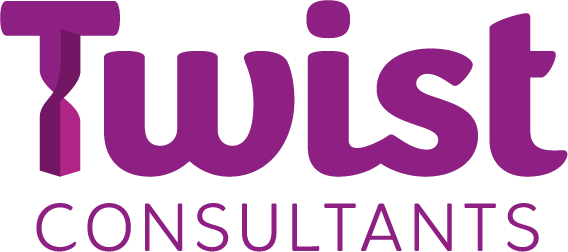Does this sound familiar? You’re leading a project and it needs to go through several milestone approvals before it can move forward, maybe with a senior leadership team or even the board. When you talk to stakeholders inside your organisation, they all nod in violent agreement that this project MUST go ahead. But, in the past, you’ve found that what people say when they actually get into a meeting room is very different to what they’ve said to you outside it.
Image: IqbalStock, Pixabay
For a host of reasons, which may be different political alliances, conversations that you’re not aware of going on in the background or simply that you don’t know someone well enough to understand what’s important to them, you’re just not close enough to what’s happening with each of your stakeholders. As a result, you’re not clear what’s behind their point of view, what’s pushing their buttons, or most importantly, guiding their decisions. And that shows up as unexpected surprises when you finally get into a meeting room.
To avoid this, making sure that as much (if not more) focus goes onto the engagement work you do before and after a meeting, as well as making sure you have the right people in the room, is vital. And this approach isn’t just for big projects.
Here are seven ideas for anyone who needs to make progress on high-stake decisions, work more smoothly…
Understand who your key stakeholders are and who you need to involve before you even start planning any meetings. There are people who maybe on the periphery of a topic who could potentially be hugely influential, who may need an investment of your time to bring them up to speed, keep them updated or ask for their support ahead of the meeting. You may have others who could derail the meeting but who, with more data, or a conversation about their perspectives on a situation or idea, could become an advocate. This work ‘outside the room’ can feel time-consuming but will also be more important than any conversations you eventually have in a meeting.
Understand your stakeholder’s perspectives and thinking. What information or data is important to them? What questions are they likely to ask? What keeps them awake at night? Is there anyone in your team who would be best positioned to work with them? All this thinking and action needs to take place weeks before you step into any meeting.
Think about the meeting as a stage in your engagement process, not the start. Be clear exactly what it is that you want to get from that session. It may be that you want a rubber stamp to proceed on a multi-million-pound project or that consensus from your senior leadership team on a sticky issue is going to unlock progress and help you move forward. Whatever it is, be crystal clear about the objective before you do anything else.
As someone leading this type of project or meeting, how much time have you set aside to prepare? What commitment have you made to prep for and run it (or find the right person to chair it) and then follow-up? Who else in your team can support you with this? I’ve found that the leaders I’ve worked who’ve achieved the best results in getting – and keeping – projects moving or avoided stumbling blocks in decision-making, have invested more time than they originally estimated in engaging with people. As a general rule of thumb, I’ve found it helpful to estimate the time you think it’ll take and add 25%.
Be clear on your expectations from everyone involved. What information do people need to know ahead of the meeting or what input do you want from them? How much notice can you give them, especially if you’re asking them to do pre-reads, pre-work or make specific decisions?
Consider the points that you’re going to cover and spend time working through where there might be hurdles to jump, objections or more detail you’ll need to provide. You won’t think of everything, but it will help you to reflect on what could come out of the woodwork and prepare for it.
Have clarity on what the follow-up’s going to be (where relevant). At the very least, make sure that there are bullet point takeaways shared in an email. If actions have been agreed, then make sure these are captured somewhere, along with the details of who’s responsible and any agreed dates or other details. And make sure that everyone is clear on the next steps and how you’ll be checking in.
If you want a specific result from meetings that have high-stake outcomes for you or your team, then switch your focus to the people involved, rather than the process you’re planning to follow or the information you’re planning to share. As Richard Nixon once said, “We are persuaded by reason, but moved by emotion.”
Although the make-up of your meetings will be important, it’s human relationships that will make, break or slow progress or decision-making. Ignore them at your peril.
If you’d like to explore how to improve relationships or engagement in high-stake decisions in your organisation, get in touch.

